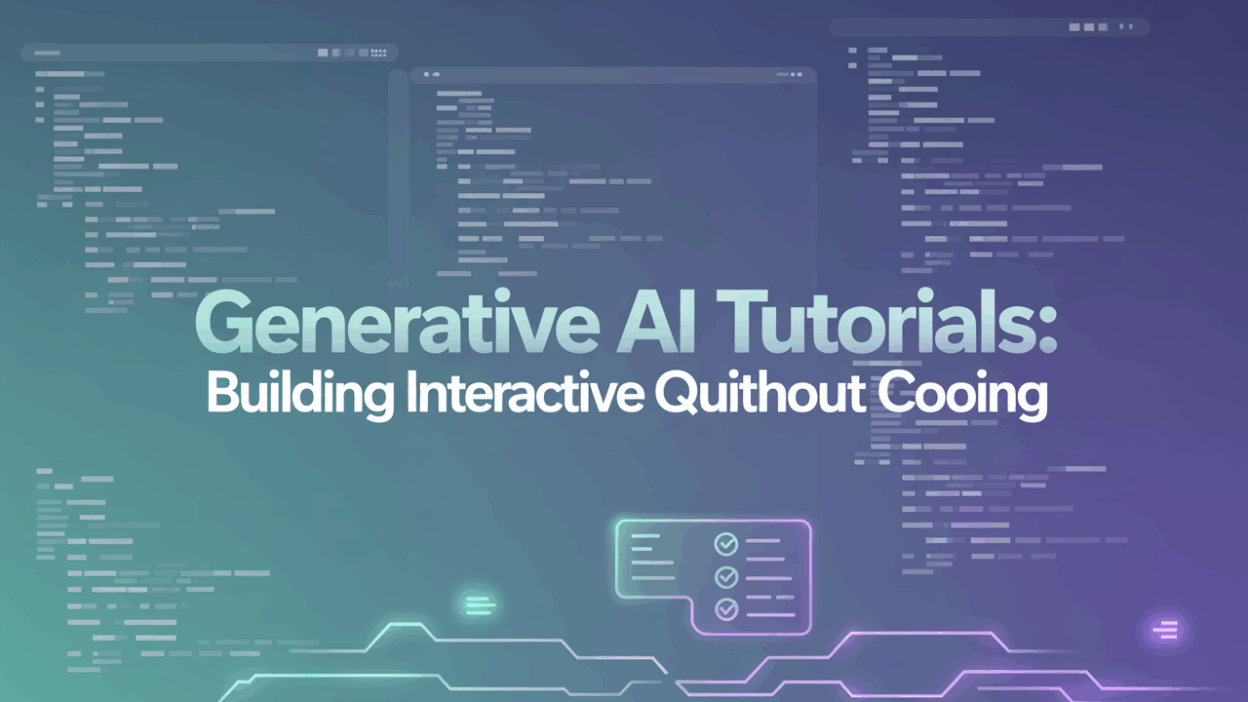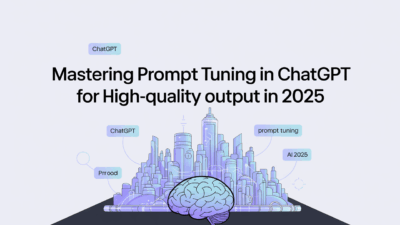Generative AI has transformed the way educators and content creators design interactive learning tools, allowing for the creation of dynamic quizzes without requiring any coding expertise. This approach leverages generative AI’s ability to understand and generate human-like text, making it possible to build engaging assessments tailored to specific educational needs . Here’s how you can harness this technology to create interactive quizzes effortlessly.
Why Use Generative AI for Quizzes?
Generative AI simplifies quiz creation by automating content generation based on prompts provided by users. For instance, if you’re an educator looking to test students’ knowledge on a particular topic, you can simply input your requirements into a generative AI tool, and it will produce relevant questions and answers. This not only saves time but also allows for personalized learning experiences that cater to different student abilities and learning paces .
Getting Started with Prompt-Based Quiz Creation
The process begins with crafting effective prompts. A prompt is essentially an instruction given to the AI to generate specific outputs. To start, outline the subject matter, question types (e.g., multiple-choice, true/false), difficulty level, and any other parameters you wish the quiz to include. For example, you might ask, “Generate 10 multiple-choice questions about photosynthesis for high school students.” The AI then uses its training data to formulate appropriate questions and answers .
Enhancing Interactivity with AI Tools
Beyond generating static quizzes, some platforms powered by generative AI allow for interactive elements such as instant feedback, adaptive questioning, and even gamified learning experiences. These features enhance engagement by providing immediate responses to learners’ answers and adjusting the quiz difficulty based on performance, ensuring each learner gets a customized experience .
Practical Applications in Education
Educators are increasingly adopting these tools to streamline their workflow. Teachers can quickly generate detailed unit, curriculum, and lesson plans while simultaneously creating accompanying quizzes. Moreover, generative AI supports differentiated instruction by enabling teachers to tailor assessments to individual student needs, enhancing both teaching efficiency and student outcomes .
Challenges and Considerations
While generative AI offers numerous benefits, there are challenges to consider. Ensuring the accuracy and relevance of generated content is crucial, especially when dealing with niche or rapidly evolving subjects. Additionally, over-reliance on AI could potentially diminish critical thinking skills if not balanced properly with traditional problem-solving activities .
Conclusion
Generative AI presents exciting opportunities for building interactive quizzes without the need for technical skills. By understanding how to effectively utilize prompts and available tools, educators and content creators can significantly enhance their productivity and the learning experience. As this technology continues to evolve, its role in education promises to become even more impactful, offering new ways to engage and assess learners dynamically .



